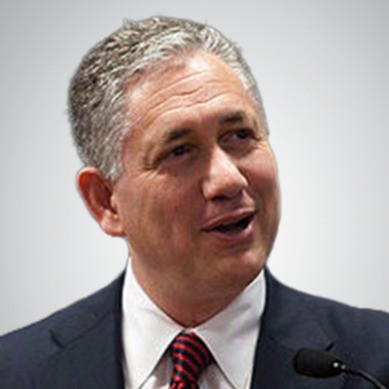Revolutionizing Employee Wellness: Stuart Piltch on Transforming Benefits Programs
Revolutionizing Employee Wellness: Stuart Piltch on Transforming Benefits Programs
Blog Article
Employee advantages have been a critical factor in getting and preserving talent, but recently, the focus has shifted toward selling overall health and well-being. Stuart Piltch, a acknowledged leader in healthcare consulting and Stuart Piltch ai technique, is at the front with this transformation. His progressive approach to designing staff advantages applications seeks not just to provide protection but and also to enhance the bodily and emotional wellness of employees.

The Shift Toward Holistic Worker Advantages
Usually, worker advantages aimed mostly on medical health insurance and retirement plans. However, Piltch has recognized that modern workforces require more extensive support. His strategy integrates physical health, emotional wellness, economic wellness, and work-life stability right into a single natural strategy.
“Health is not just about physician visits and medications—it's about how workers sense at the job, their strain levels, their financial security, and their power to maintain a work-life stability,” Piltch explains.
That change reflects an increasing knowledge that employee health and productivity are closely linked. Healthier workers are far more employed, skip less workdays, and contribute to a far more positive and collaborative perform environment.
Impressive Advantages Techniques
Piltch's staff benefits applications were created with the employer's budget and the employee's needs in mind. A number of his critical strategies include:
1. Increased Mental Wellness Support
Recognizing the raising influence of intellectual health issues, Piltch has advocated for increasing access to psychological wellness resources. His advantages plans often contain:
- Free or low-cost therapy sessions.
- Use of mindfulness and stress management programs.
- 24/7 psychological wellness hotlines.
2. Wellness Incentives
Piltch's applications include incentives for workers to participate in balanced behaviors. For example:
- Gymnasium account reimbursements.
- Financial benefits for typical wellness checkups.
- Stage difficulties and wellness competitions.
3. Telemedicine and Virtual Attention
Piltch has been an earlier advocate for telemedicine, ensuring that personnel have use of healthcare experts anytime, anywhere. Electronic care decreases the buffer to seeking help and encourages personnel to deal with health considerations early.
4. Economic Wellness Programs
Understanding that economic stress influences all around health, Piltch has incorporated financial literacy applications in to advantages packages. These programs include:
- Debt counseling and budget planning.
- Pension planning assistance.
- Worker inventory buy plans.
5. Flexible Perform Measures
Piltch has also caused businesses to implement variable perform guidelines that promote better work-life harmony, such as for example:
- Remote work options.
- Variable hours.
- Compensated emotional wellness days.
Data-Driven Method of Staff Advantages
Among the distinguishing factors of Piltch's technique is his utilization of information to fine-tune benefits programs. By considering staff wellness tendencies, advantages use, and feedback, Piltch helps companies adjust their attractions to generally meet the growing wants of their workforce.
“Benefits are not static—they should evolve with the workforce,” Piltch says. “The main element is hearing personnel and using knowledge to produce a plan that truly supports them.”
The Affect Worker Health and Organization Achievement
Piltch's modern benefits applications have generated measurable changes in equally staff wellness and business performance. Organizations that have adopted his techniques record:

- Larger employee satisfaction – Workers experience respected and supported.
- Lower absenteeism – Increased wellness contributes to less sick days.
- Improved output – Employees are far more aimed and engaged.
- Better maintenance prices – Workers are more prone to stick with firms that support their well-being.
Realization
Stuart Piltch philanthropy's approach to staff benefits presents a shift toward a far more holistic and customized model of worker care. By approaching physical, psychological, and financial wellness together, Piltch assists businesses produce a healthier, more involved workforce. His data-driven methods make sure that employee benefits remain effective and appropriate, contributing not only to personal well-being but and to overall organization success.
Report this page